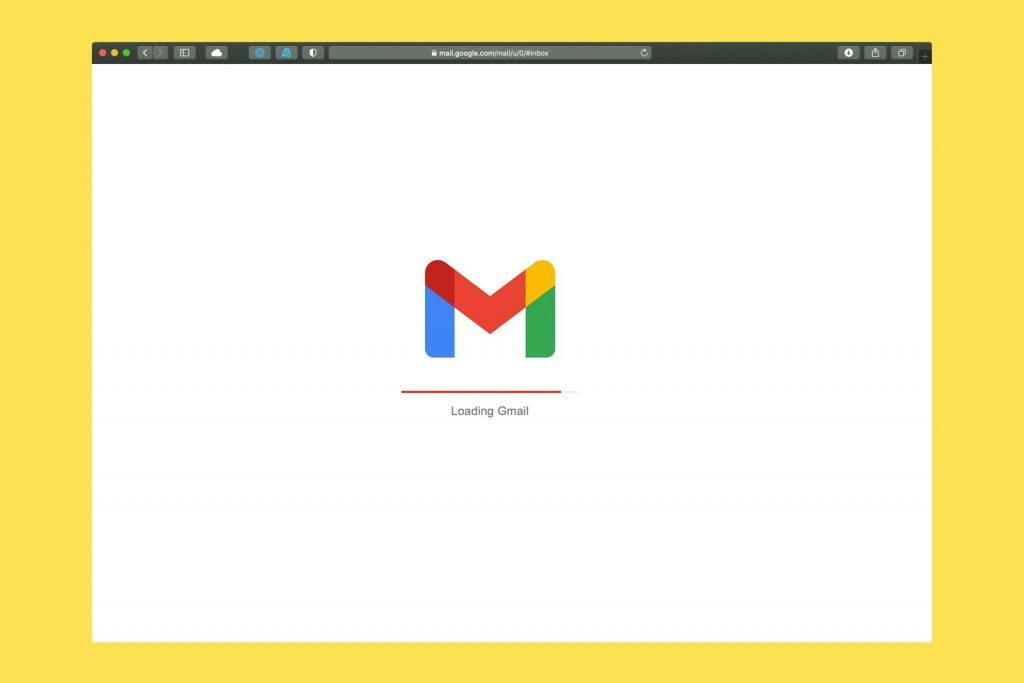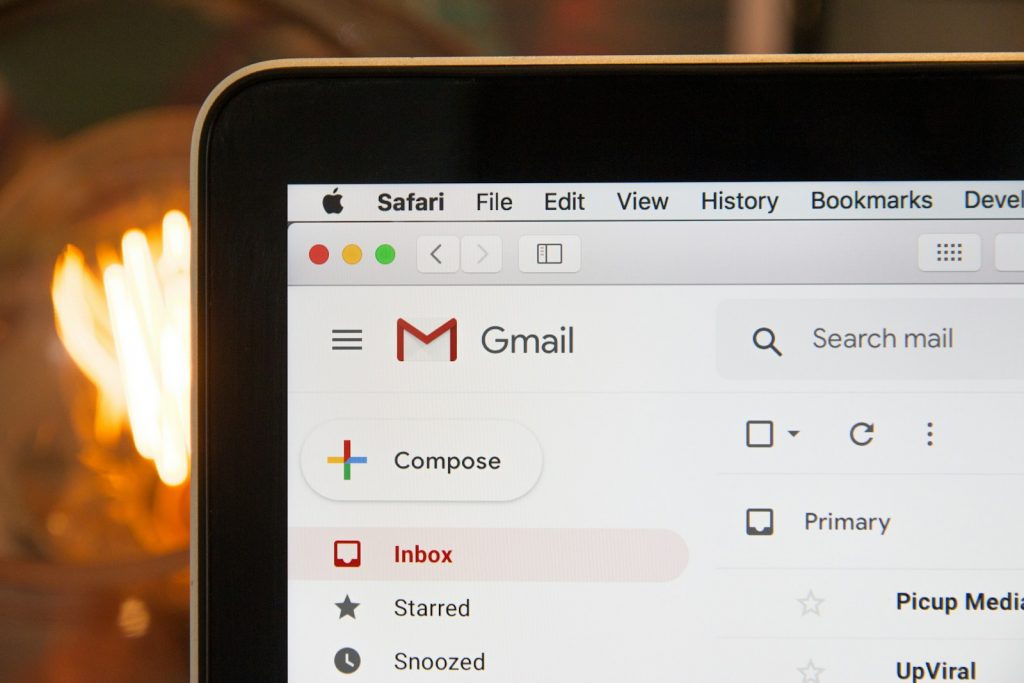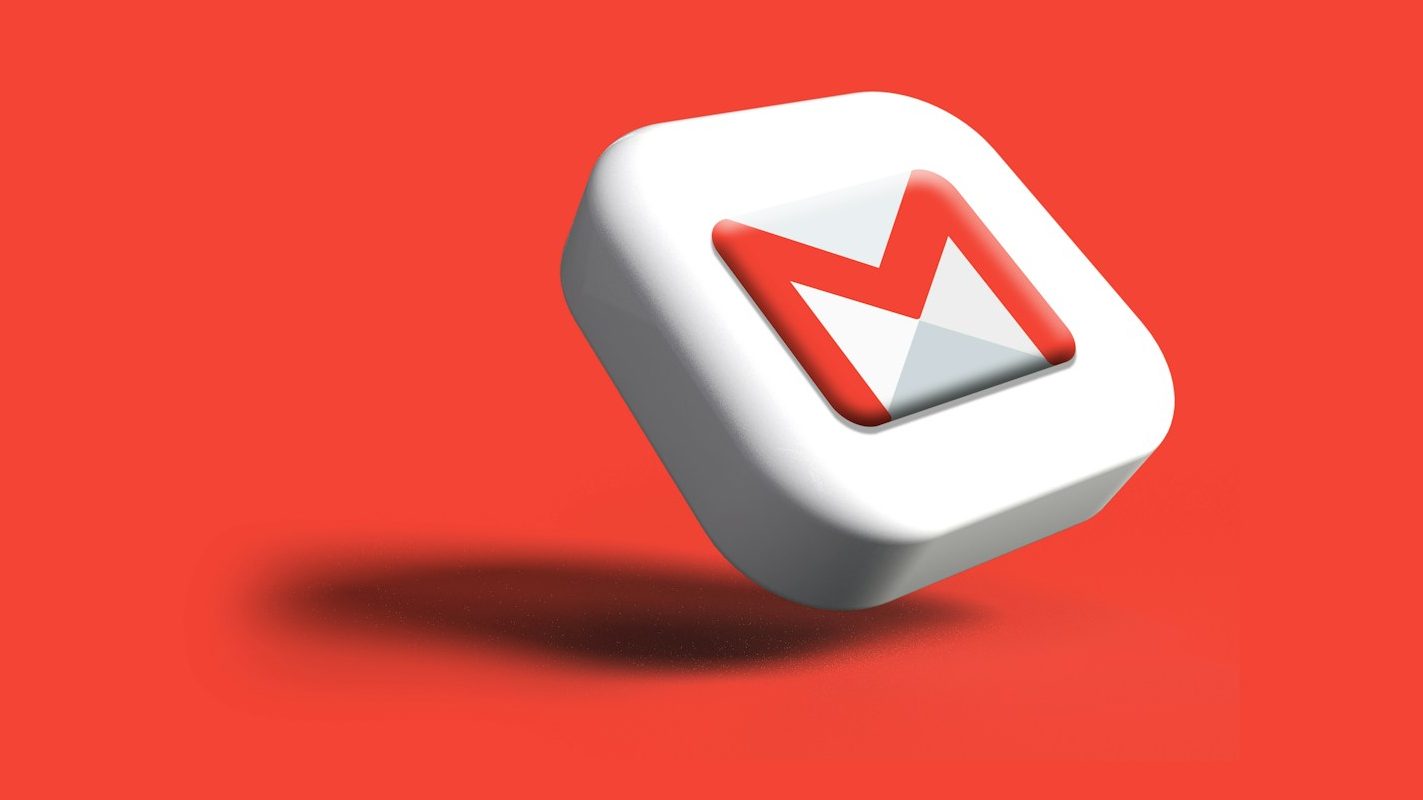Gmail, the revolutionary email service launched by Google in 2004, has transformed the way billions of users interact with their emails. With its inception, Gmail introduced groundbreaking features and storage capacities, setting new standards in the digital communication landscape. Over the years, Gmail has evolved significantly, incorporating advanced functionalities, enhancing security measures, and expanding its user base globally. This article explores the journey of Gmail, from its humble beginnings to its current status as the largest and most preferred email service worldwide.
Gmail
Gmail is an email service provided by Google. As of 2019, it had 1.5 billion active users worldwide, making it the largest email service in the world. It offers a webmail interface accessible through a web browser and a mobile application.
Launch Date: 2004
Storage: 15 GB for free users, expandable with Google One
Features: Conversation view, labels, filters, Smart Reply, Confidential mode
Security: HTTPS encryption, two-step verification, and phishing detection
Platforms: Web browsers, iOS, Android
Integration: Google Drive, Google Photos, and Google Chat
Gmail’s Early Days:
When Gmail was introduced to the public on April 1, 2004, it revolutionized the concept of email services. Offering a storage capacity of one gigabyte per user, Gmail surpassed its competitors by providing significantly more storage space. This initial offering laid the foundation for Gmail’s exponential growth in the years to come. The service’s innovative features, including its search-oriented interface and conversation threading, quickly garnered attention and attracted a large user base.

Expansion of Features and Storage:
As Gmail continued to gain popularity, Google consistently expanded its features and storage capabilities. On its first anniversary in 2005, Gmail doubled its storage to two gigabytes, signaling Google’s commitment to providing ample space for users. Subsequent upgrades in 2007, 2012, and 2013 further increased storage limits and integrated storage across Google Drive and Google+ Photos, offering users a seamless experience across multiple platforms. Additionally, the introduction of Google One in 2018 provided users with the option to purchase additional storage, catering to diverse storage needs.
Interface Enhancements and Redesigns:
Gmail’s user interface has undergone several transformations since its inception. The introduction of labels, conversation threading, and customizable filters revolutionized email organization and management. In 2011, Google launched a redesigned interface aimed at simplifying the user experience and providing a consistent look across its products. Subsequent updates in 2013 and 2018 introduced tabbed inboxes, material design principles, and confidential mode, enhancing both functionality and aesthetics.

Integration with Third-Party Services:
Gmail’s integration with third-party services has expanded its utility beyond email communication. From Google Voice integration for telephone services to Google Wallet for money transfers, Gmail has evolved into a multifaceted platform offering a wide range of functionalities. The integration with Google Trips in 2016 exemplifies Gmail’s role in facilitating travel planning and organization, further enriching the user experience.
Security Measures and Privacy Enhancements:
Google has continuously prioritized security and privacy in Gmail, implementing robust encryption protocols and advanced phishing detection mechanisms. The introduction of HTTPS as the default protocol in 2010 marked a significant milestone in ensuring secure communication. Subsequent updates, such as two-step verification and machine learning-based phishing detection, have further bolstered Gmail’s security framework, instilling trust among users worldwide.

Evolution of Mobile Accessibility:
Gmail’s mobile applications for iOS and Android devices have undergone significant improvements over the years, offering users a seamless email experience on the go. Features such as Smart Reply, offline access, and dark mode support have enhanced productivity and convenience for mobile users. The integration of Google Chat and Room features in 2021 further expanded Gmail’s capabilities on mobile platforms, facilitating real-time communication and collaboration.
In conclusion, Gmail’s journey from its inception to its current status as the world’s leading email service is a testament to Google’s commitment to innovation and user-centric design. Through continuous upgrades, feature enhancements, and security advancements, Gmail has redefined the email experience for billions of users worldwide. As technology evolves and user needs evolve, Gmail remains at the forefront of digital communication, shaping the future of email services.
Frequently Asked Questions about Gmail
1. What is Gmail and how popular is it?
Gmail is an email service provided by Google, offering a webmail interface accessible through a web browser and mobile application. As of 2019, it boasted 1.5 billion active users worldwide, making it the largest email service globally.
2. What are some key features of Gmail?
Gmail offers 15 gigabytes of free storage for individual users, which is shared among other Google services like Google Drive and Google Photos. Users can receive emails up to 50 megabytes in size, including attachments, and send emails up to 25 megabytes. Gmail supports integration with Google Drive for larger attachments and employs a search-oriented interface with a “conversation view” akin to internet forums.
3. How has Gmail’s storage capacity evolved?
Since its launch in 2004 with one gigabyte of storage per user, Gmail has continuously increased its storage capacity. Over the years, storage limits have expanded to accommodate growing user needs, reaching up to 15 gigabytes for free individual accounts, with options for additional storage through Google One subscription plans.
4. What are some notable interface updates in Gmail?
Gmail has undergone several interface redesigns and updates to enhance the user experience and functionality. These updates include a minimalist design overhaul, the introduction of inbox tabs for categorizing emails, and the integration of Google’s Material Design. Additionally, features like Smart Reply, Confidential Mode, and integration with Google Chat have been introduced to streamline communication.
5. How does Gmail ensure security and privacy?
Gmail employs various security measures to protect user data, including HTTPS encryption, two-step verification, and spam filtering. Google continuously updates its security protocols to mitigate risks such as phishing attacks and unauthorized access. Additionally, Gmail’s integration with Google Workspace offers advanced security features for business users.
6. Can Gmail be accessed on different platforms?
Yes, Gmail is accessible on web browsers, mobile devices (both iOS and Android), and third-party email clients via POP or IMAP protocols. Google provides native applications for iOS and Android devices, offering seamless access to Gmail’s features and functionalities.
7. What are some notable accolades and recognitions received by Gmail?
Gmail has received widespread acclaim and accolades over the years, including being ranked second in PC World’s “100 Best Products of 2005.” It has also been recognized by Forbes as the best webmail application for small businesses and received a 4-star rating from PC World.




